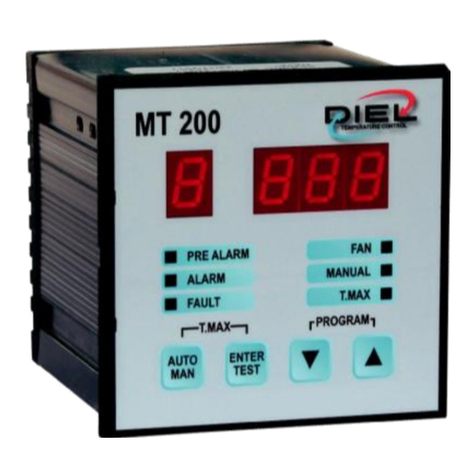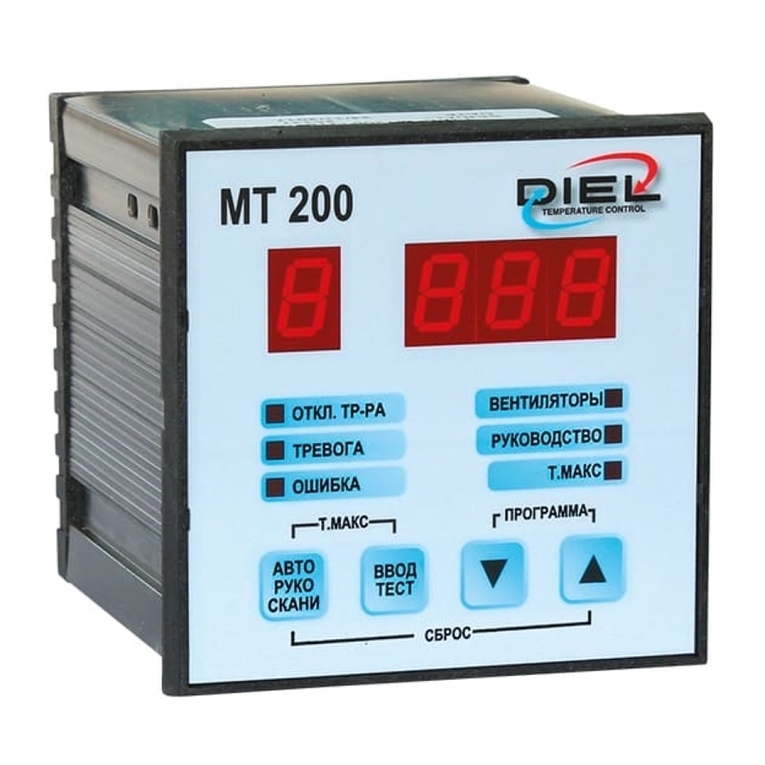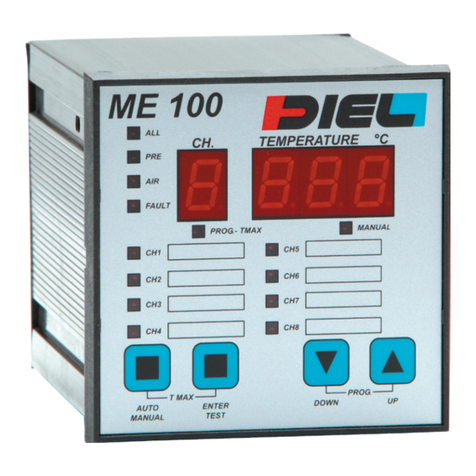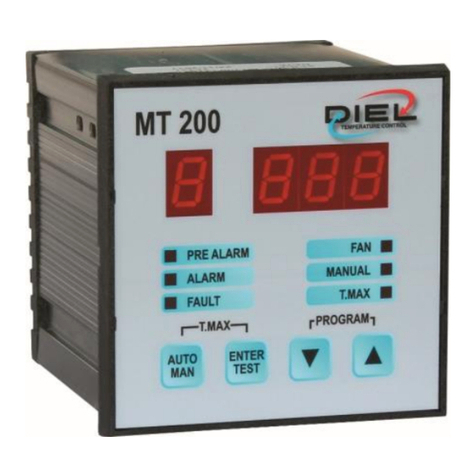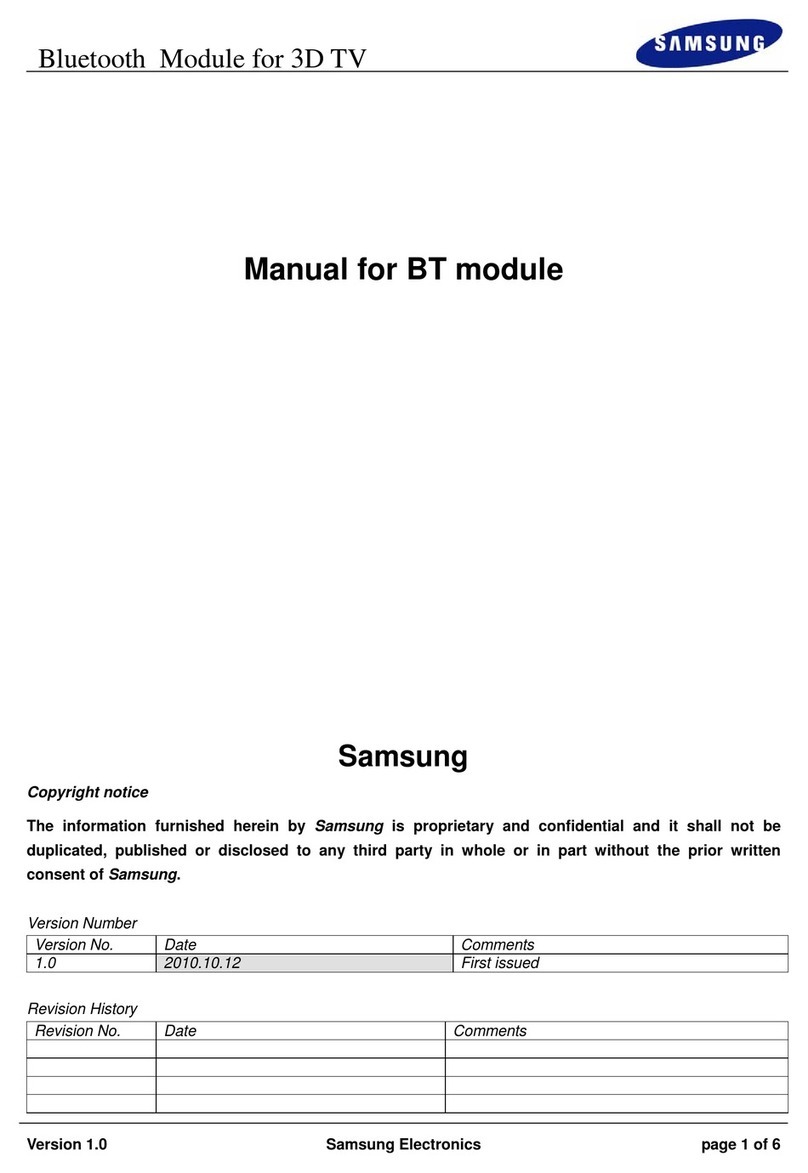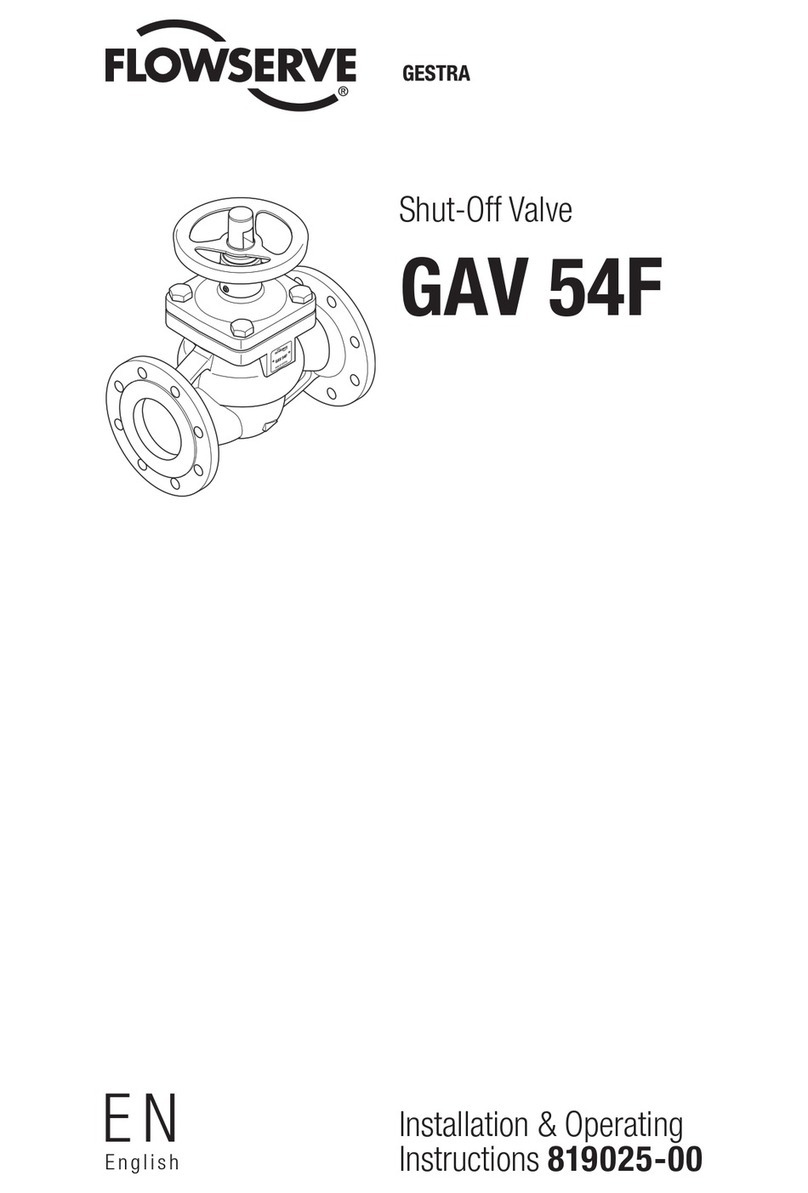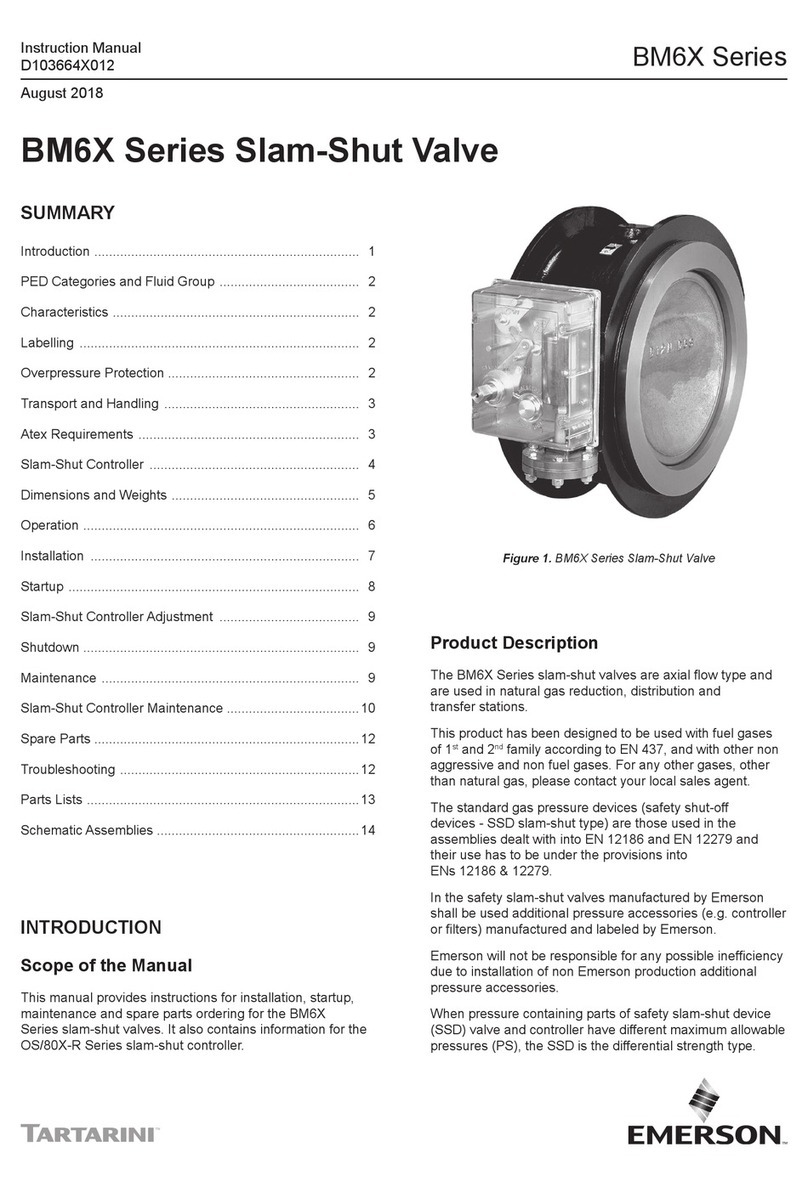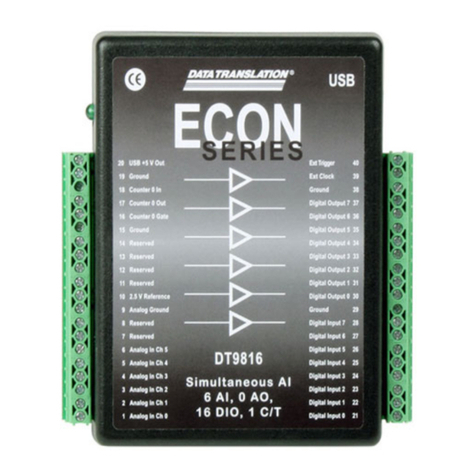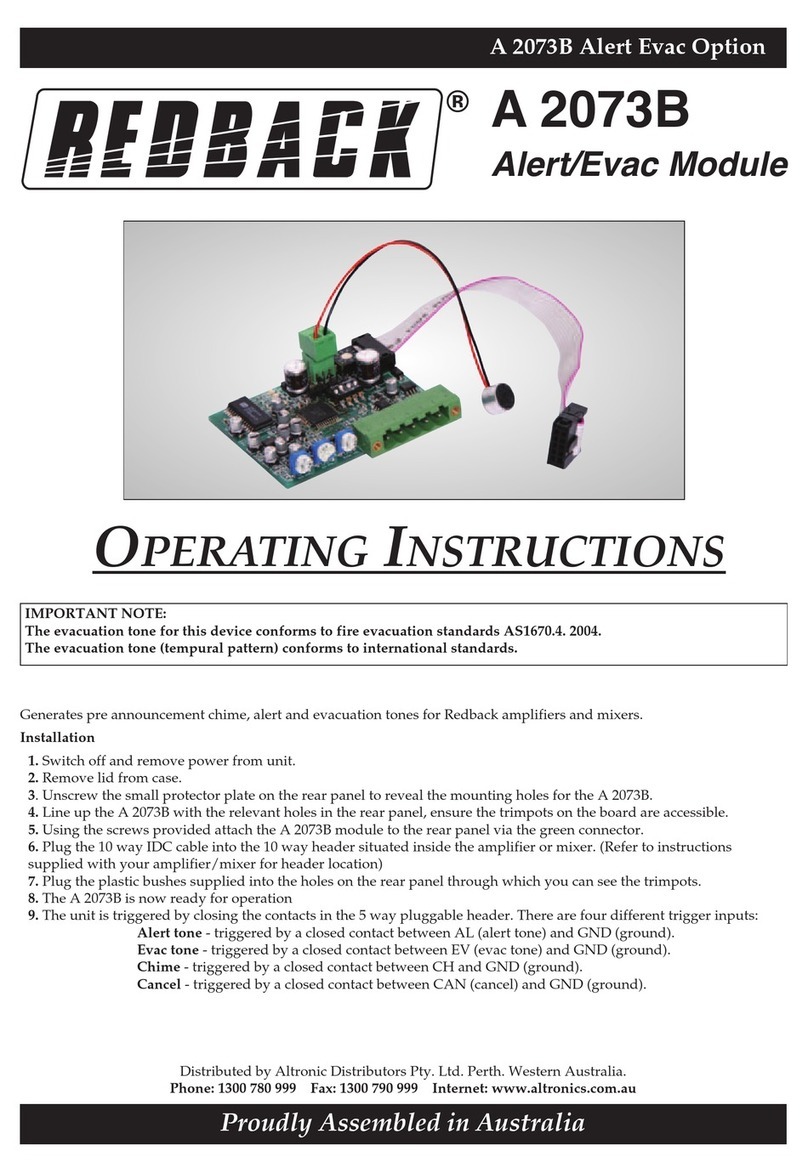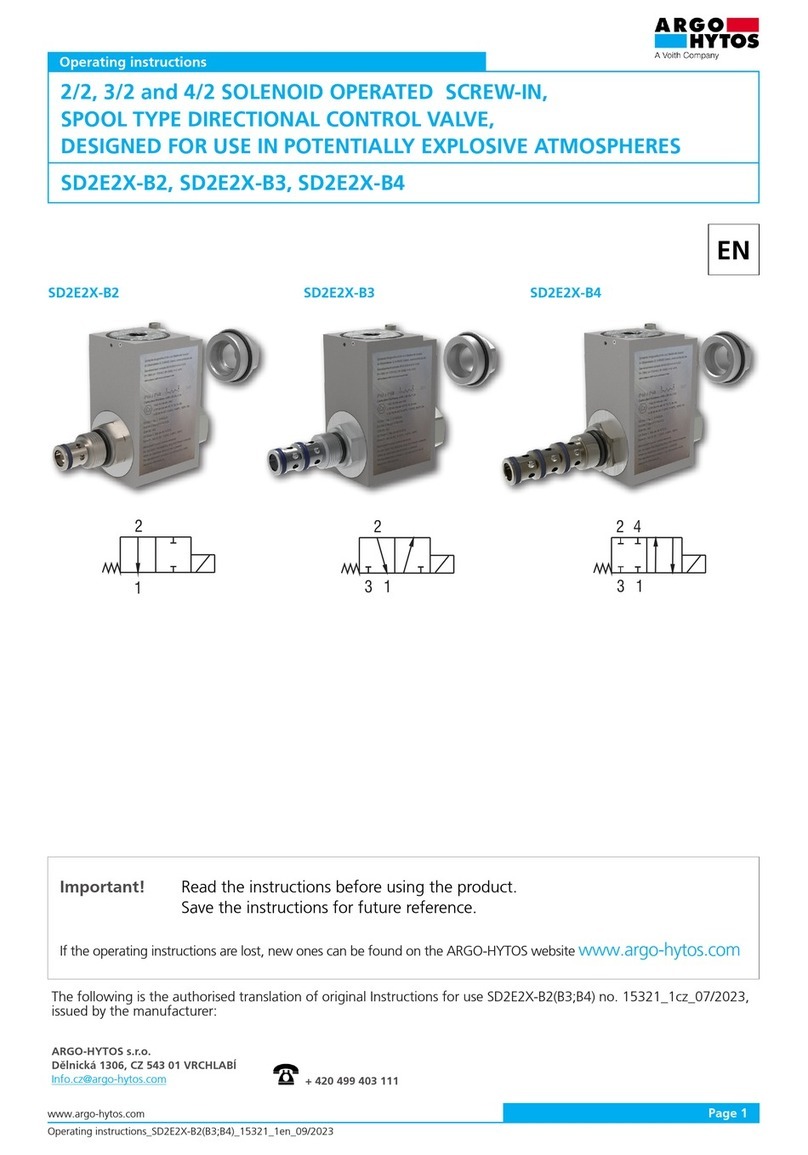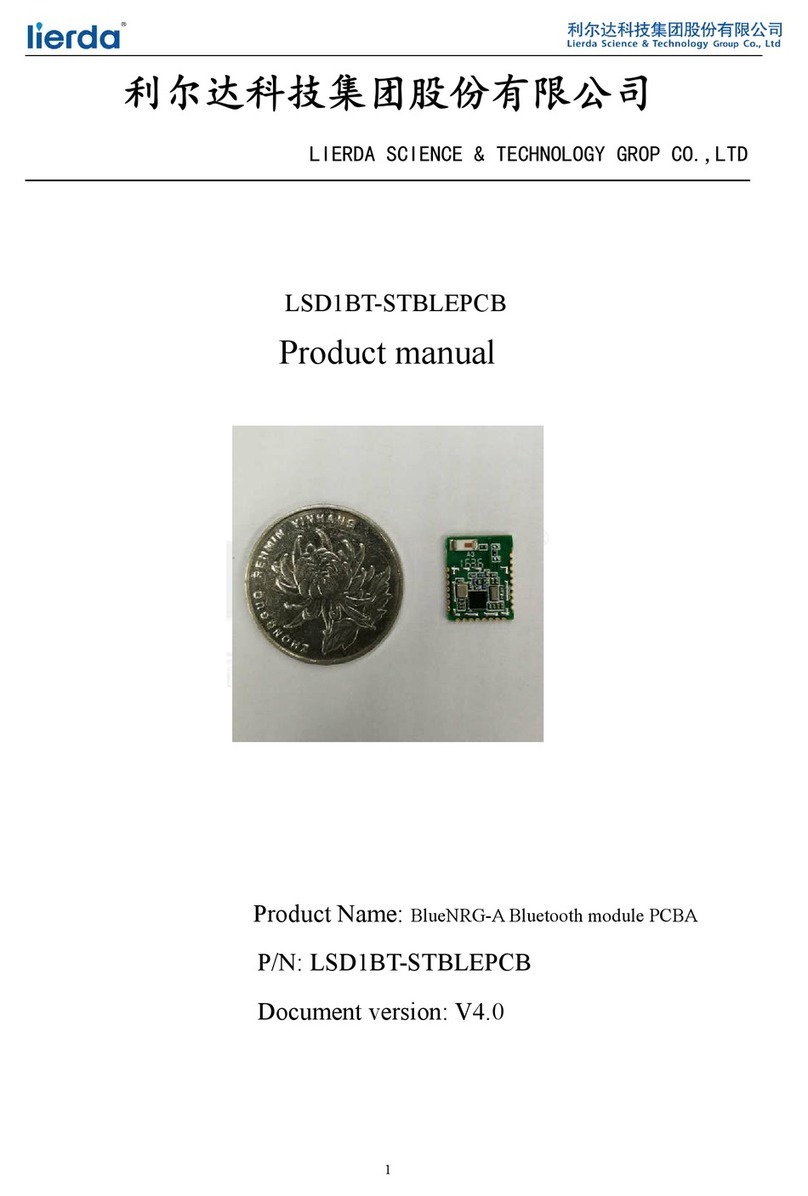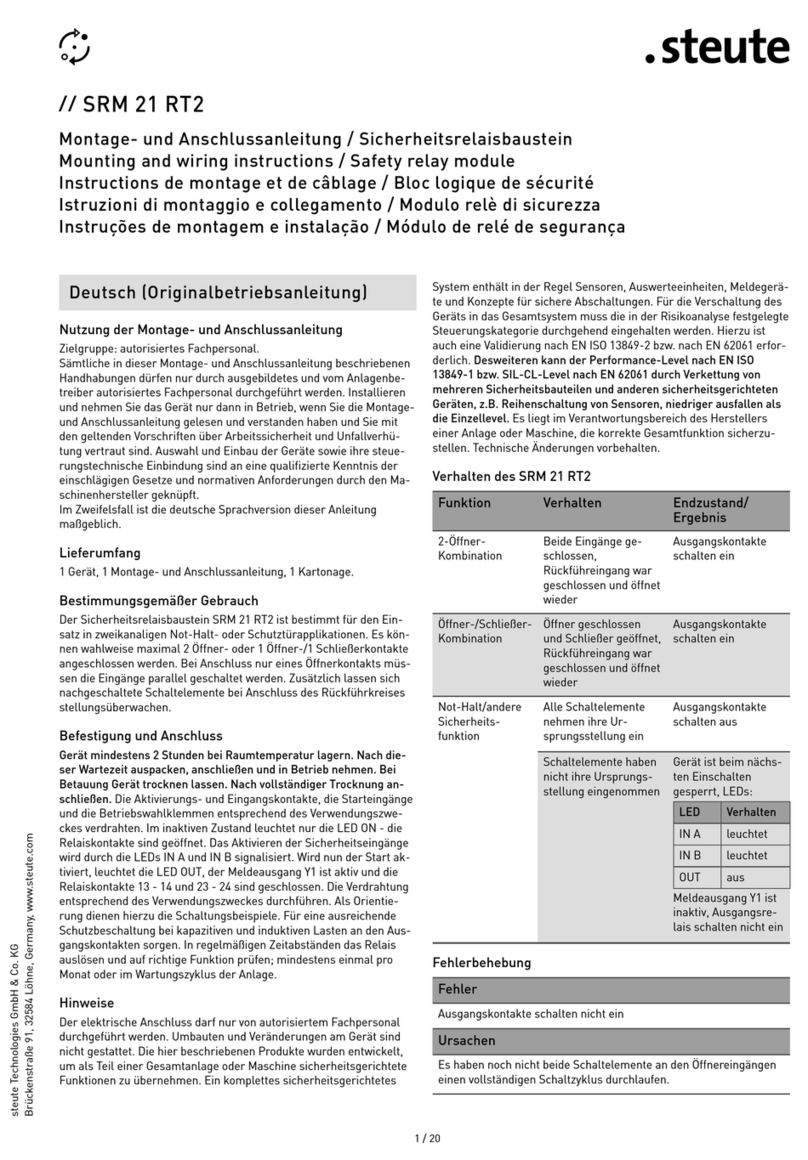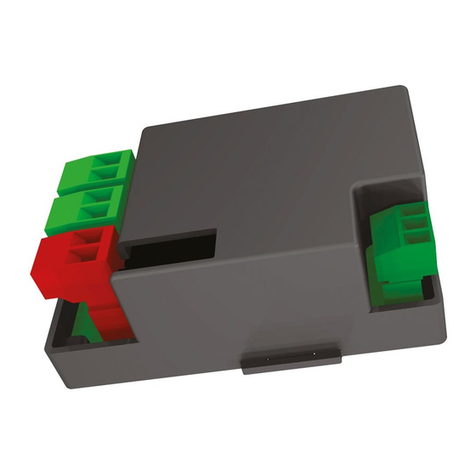DIEL MT 200 Quick guide

MT 200 (EN-50121-5:2006)
MANUALE DI INSTALLAZIONE ED USO
INSTALLATION AND INSTRUCTIONS MANUAL
MANUEL D’INSTRUCTION
BEDIENUNGSANLEITUNG
MANUAL DE INSTALACION Y USO


ITALIANO
- 3 -
CARATTERISTICHE TECNICHE
Dimensioni
•Contenitore 90X90X115 mm incluse morsettiere.
•Pannello frontale 96x96 mm.
•Peso 0.4 Kg.
Alimentazione
•Alimentazione universale (24÷240) Volt AC/DC ±10% 50/60 Hz senza rispetto
della polarità, assorbimento massimo 4 VA.
Ingressi
•Quattro ingressi analogici, rilevamento e controllo della temperatura con sensori
PT100 a tre fili nel range da -10 a +200 °C.
Uscite
•Quattro relè 250 VAC 10 A massimi (carico resistivo), 1 contatto pulito di
scambio.
Caratteristiche
•Contenitore in NORYL auto estinguente.
•Grado di protezione pannello frontale in policarbonato: IP65 (IP66 a richiesta)
•Grado di protezione pannello posteriore lato morsettiere: IP20
•Display a segmenti luminosi
•Visualizzazione automatica del valore e del numero della sonda relativi al canale
più caldo.
•Segnalazioni di pre-allarme, allarme, guasto sonde, ventilazione, funzionamento
manuale, massimi storici.
•Accesso alla programmazione della centralina direttamente da pannello frontale.
•Possibilità di selezionare indipendentemente ogni singolo canale.
•Soglia di allarme e preallarme impostabile nel range (-9°C ÷ 199°C).
•Precisione ±1% sul valore di fondo scala ±1 digit.
•Gestione del ventilatore di raffreddamento su tutti i canali.
•Controllo del ventilatore mediante isteresi con due valori di temperatura (H e L).
•Cinque modalità di funzionamento selezionabili.

ITALIANO
- 4 -
•Riconoscimento sonde in avaria, massima flessibilità di gestione e semplicità di
programmazione, controllo della validità dei dati introdotti in fase di
programmazione.
•Memorizzazione permanente dei valori programmati e dei dati raggiunti da
ciascun canale (soglie e massimi storici).
•Rigidità dielettrica tra i contatti dei relè e linea di alimentazione 2.5 KV AC per
60”.
•Possibilità di utilizzare le sonde per termostatare l'ambiente.
•Risoluzione 1° C.
•Temperatura di lavoro centralina da -20 °C a +60 °C.
•Umidità ambiente ammessa massima 90% non condensante.
•Collegamenti elettrici su morsettiere estraibili polarizzate.
•Possibilità di commutare manualmente i relè mediante il menù di test relè per
simulare o controllare l’affidabilità del contatto.
•Certificazione per utilizzo in ambiente ferroviario secondo la normativa EN-
50121-5:2006.
•Manuale tecnico in cinque lingue (altre lingue a richiesta).
•Costruzione in accordo alle normative .
•Filtro d' ingresso contro i disturbi a normativa .
•Tropicalizzazione (opzionale).
MONTAGGIO
Eseguire nel pannello un foro da 91X91 mm, fissare la centralina con i ganci in
dotazione.
ALIMENTAZIONE
La centralina può essere alimentata con (24÷240) Volt AC/DC ±10% 50-60 Hz
senza rispetto di polarità.
I morsetti di alimentazione sono indicati con la sigla AL1-AL2 e sono inoltre riportati
in tabella TAB 1 alla fine del manuale.

ITALIANO
- 5 -
COLLEGAMENTI ELETTRICI
Eseguire i collegamenti sulle morsettiere estraibili seguendo lo schema riportato in
tabella TAB 1 alla fine del manuale.
Il relè di FAULT risulta normalmente eccitato durante il funzionamento della
centralina (FAULT STATUS A, TAB 1), in caso di guasto alle sonde o di mancanza
di alimentazione il relè si diseccita (FAULT STATUS B, TAB 1).
Il relè di FAN è preposto alla gestione dei ventilatori di raffreddamento del
trasformatore oppure per il condizionamento del locale dove è situato il
trasformatore.
I relè ALARM e PRE AL vengono eccitatial superamento di un grado delle rispettive
soglie impostate.
Ogni sonda PT100 standard è dotata di tre fili, uno bianco e due rossi.
Collegare il filo bianco nei morsetti contrassegnati dal simbolo del
sensore nella serigrafia, morsetti (1,4,7,10).
I dodici morsetti di ingresso relativi alle quattro sonde sono così
predisposti:
Sonda N. 1 morsetti 1-2-3, sonda N. 2 morsetti 4-5-6.
Sonda N. 3 morsetti 7-8-9, sonda N. 4 morsetti 10,11,12.
Tutti i cavi di trasporto dei segnali di misura dovrebbero preferibilmente essere:
•separati da quelli di potenza,
•schermati, meglio se anche cordati,
•di sezione non inferiore a 0.5 mm².
PROGRAMMAZIONE DELLA CENTRALINA
Premendo a lungo e contemporaneamente i tasti UP/DOWN, sul display appare la
lettera P (preallarme) e la temperatura impostata nella programmazione
precedente.
Con i tasti UP/DOWN si decide la temperatura di preallarme.
Dopo aver impostato la temperatura di preallarme desiderata confermare con
ENTER.
Compare di seguito la lettera A (Allarme) e la temperatura impostata
precedentemente. Nel caso in cui la nuova temperatura di preallarme sia superiore
a quella di allarme, automaticamente sarà proposta quella di preallarme più un

ITALIANO
- 6 -
grado centigrado.
Modificarla con i tasti UP/DOWN e confermare con ENTER.
Compare la lettera L per la scelta della temperatura minima al di sotto della quale
il ventilatore si spegne.
Modificarla con i tasti UP/DOWN e confermare con ENTER.
Compare la lettera H per la scelta della temperatura massima al di sopra della quale
il ventilatore si accende.
Modificarla con i tasti UP/DOWN e confermare con ENTER.
Sul display compare infine la lettera F che permette di fissare lo stato della
centralina:
- 0: tre sonde senza controllo ventilatori.
- 1: quattro sonde con controllo dei ventilatori.
- 2: quattro sonde senza controllo dei ventilatori.
- 3: tre sonde con controllo dei ventilatori.
- 4: accesso al PROGRAMMAZIONE AVANZATA.
Modificarla con i tasti UP/DOWN e confermare con ENTER.
Configurazione di fabbrica: P=140, A=160, L=90, H=100, F=0.
Appena usciti dalla procedura di programmazione la centralina esegue
automaticamente il test su tutti i settori luminosi (LAMP TEST).
La centralina si predispone in modo automatico visualizzando la massima
temperatura misurata ed il canale relativo.
Per motivi di sicurezza viene in ogni caso controllato il tempo necessario per la
programmazione. Oltre un minuto dall’inizio della fase di programmazione, la
stessa viene interrotta e non salvata, (restano attivi pertanto i parametri
precedentemente impostati) dopo di che si ritorna in modalità di visualizzazione
automatica.
La modalità di visualizzazione può essere commutata da manuale ad automatica
premendo l’apposito tasto AUTO/MANUAL.
Nel funzionamento automatico sul display appare la temperatura più elevata
riscontrata ed il corrispondente numero di canale.
In questa modalità è possibile la lettura di tutti i parametri della centralina. Mediante
i tasti UP/DOWN si visualizza in ordine: lettera P (preallarme), lettera A (allarme),
lettere L e H (soglie ventilatore), la configurazione della centralina (parametro F),
ed i valori correnti delle quattro sonde. Dopo circa due secondi dall’ultima
visualizzazione, la centralina ritorna nello stato normale di funzionamento. Nel

ITALIANO
- 7 -
funzionamento manuale, a differenza di quello automatico si può visualizzare per
un tempo indeterminato uno qualsiasi dei 4 canali od un qualsiasi parametro di
programmazione. Durante il funzionamento manuale é comunque garantito il
monitoraggio degli altri canali e l’eventuale segnalazione di preallarme, allarme o
guasto che si siano verificati.
Per motivi di sicurezza, trascorso un minuto di inattività da parte dell’operatore la
centralina torna in modalità di visualizzazione automatica.
Per la visualizzazione dei massimi valori raggiunti dalla macchina occorre
premere contemporaneamente i tasti AUTO/MANUAL e ENTER/TEST.
La modalità di visualizzazione delle temperature massime é segnalata
dall’accensione del led T. MAX posto sul pannello frontale.
Si tenga presente che i valori massimi vengono azzerati ogni qualvolta si entra in
fase di programmazione.
Nel modo di funzionamento con ventilatore (F=1, F=3) lo stato del relè é segnalato
dal led FAN posto sul pannello frontale.
PROGRAMMAZIONE AVANZATA
Impostando il parametro F=4 è possibile programmare soglie indipendenti
P, A, L, H per ogni canale.
Appare la scritta CH(n) con n (1-4), tramite i tasti UP/DOWN è necessario decidere
se rendere il canale attivo oppure no, in caso affermativo, viene chiesto di introdurre
le soglie P e A.
Appare di seguito la scritta FAn, tramite i tasti UP/DOWN è necessario decidere se
si desidera controllare la ventilazione su quel canale oppure no, se affermativo,
viene inoltre chiesto di introdurre le soglie L e H di ventilazione, in caso di
esclusione verrà proposta la configurazione del canale successivo.
La procedura si ripete per tutti i canali disponibili.
TEST DEI RELE’
Premendo il tasto ENTER/TEST viene effettuato il test del display, tenendolo
premuto a lungo si entra nel menù di test relè. Utilizzando i tasti UP/DOWN si
possono far commutare i relè. Per passare ai successivi relè premere
ENTER/TEST, per uscire dal menù premere AUTO/MANUAL.

ITALIANO
- 8 -
DIAGNOSTICA SONDE TERMOMETRICHE
Gli stati di anomalia delle sonde sono segnalati nel seguente modo:
• Sonda interrotta: commutazione del relè di FAULT, display lampeggiante,
visualizzazione delle lettere ICF con relativo numero di canale e accensione diodo
led.
• Sonda in corto circuito: commutazione del relè di FAULT, display lampeggiante,
visualizzazione delle lettere SCF con relativo numero di canale e accensione del
diodo led.
MODALITA' DEGLI INTERVENTI
Quando una delle sonde termometriche supera di 1 grado centigrado il valore
prefissato dai limiti, dopo circa 1 secondo avviene la commutazione del relè e del
diodo led corrispondente.
Appena i valori di temperatura scendono di un grado centigrado sotto i valori
impostati i relè ed i led ricommutano.
NORME DI GARANZIA
La centralina è coperta da garanzia per un periodo di 3 anni dalla data di collaudo
posta sia sull’etichetta che sul manuale allegato. La garanzia è ritenuta valida
quando è stato accertato che le cause del guasto sono imputabili a difetti di
fabbricazione o ad errata taratura delle sonde.
Non si risponde invece per guasti dovuti ad errato cablaggio delle sonde o errata
tensione di alimentazione (es. 400 Volt AC).
Non si risponde in ogni caso per danni provocati dal mal funzionamento della
centralina stessa.
Le riparazioni in garanzia, salvo diverso accordo tra le parti sono effettuate presso
la nostra sede di Montecchio Maggiore (VI).
ATTENZIONE
Non effettuare prove di rigidità dielettrica o di scariche parziali sulle macchine
elettriche con la centralina inserita, evitare se possibile di collegare direttamente la
centralina al secondario del trasformatore da proteggere, può accadere che, senza

ITALIANO
- 9 -
protezione, alla chiusura dell'interruttore a valle del trasformatore, si presentino
sovratensioni che possono danneggiare l'apparecchiatura. Questo è tanto più
evidente se la tensione di alimentazione della centralina, è di 230 V AC e se
esistono condensatori di rifasamento.

ENGLISH
- 10 -
TECHNICAL FEATURES
Dimensions
•Box 90x90X115 mm included terminal blocks.
•Front panel 96X96 mm.
•Weight 0,4 Kg.
Power Supply
•Power supply (24÷240) Volt AC/DC ±10% 50/60 Hz without polarity respect,
maximum absorption 4 VA.
Inputs
•Four analogical inputs, temperature control and mapping with PT100 sensor at
three wires inside range from -10 °C to +200 °C.
Outputs
•Four relays 250V AC, 10 A max (resistive load), free switch contact.
Characteristics
•Self-extinguishable NORYL Box.
•Protection degree front panel in polycarbonate: IP65 (IP66 on request)
•Protection degree of rear panel on terminal board side: IP20
•Display with light segments.
•Visualisation of max temperature and the relevant channel in the automatic
mode.
•Alerts of pre-alarm, alarm, probes fault, fanning, manual function, historic highs.
•System programming directly by frontal panel.
•Possibility to select independently each channel.
•Limit of alarm and pre-alarm settable in the range (-9°C ÷ 199°C).
•Precision ±1% on full scale ±1 digit.
•Management of the cooling fan on all channels.
•Comparison of temperature for cooling fan between two different levels (L and
H).
•Five selectable operating modes.
•Detection of fault probes, maximum flexibility of managing and semplicity of

ENGLISH
- 11 -
programming, checking of validity of the insert data during programming phase.
•Continuos storage of planned and reached values by each channel (limits and
historic highs).
•Dielectric isolation: 2.5 KV AC for 60”.
•Software configuration to control the environment temperature.
•Resolution 1° C.
•Working temperature of device from -20°C to 60°C.
•Max allowed dampness in the room 90% not condensing.
•Electrical connections with fast polarised connectors.
•Possibility of manual relays switch through menu test relays to simulate and
check the reliability of contact.
•Certification for railway environment use according to EN-50121-5:2006
regulations.
•Technical manual in five languages (and more on request).
•Construction in accordance with rules .
•Input filter for power supply in accordance with rules .
•Tropicalization (optional).
ASSEMBLY
Perform a square hole measuring 91x91 mm in the panel board sheet.
Fasten the monitoring system trough the special hooks.
POWER SUPPLY
The device can be supplied with (24÷240) Volt AC/DC ±10% 50/60 Hz without
respect of polarity.
The power supply terminals are indicated with the abbreviation AL1-AL2 and are
also shown in table TAB 1 at the end of the manual.
ELECTRICAL CONNECTIONS
Perform the connections on the terminal board following the scheme on TAB 1 at
the end of this manual.
FAULT relay usually results excited during normal working of device (FAULT

ENGLISH
- 12 -
STATUS A, TAB 1), in case of failure of probes or feeding absence, the relay
switches off (FAULT STATUS B, TAB 1).
FAN relay is dedicated to the management of the fans of cooling of the transformer
or for the conditioning of the environment where the transformer is installed.
The ALARM and PRE AL relays switch on when the temperature is higher than one
degree of set level.
Each probe type PT100 is gifted with three wires, one of them is white and the other
two are red.
Connect the white wire to the terminal board which is marked as shown as sensor,
connectors (1-4-7-10)
The twelve terminal boards relevant to the four probes are divided as follows:
Probe N. 1 connectors 1-2-3, probe N. 2 - connectors 4-5-6
Probe N. 3 connectors 7-8-9, probe N. 4 - connectors 10-11-12
All measured signals cables must preferably be:
•Separated from the power cables
•Shielded, better if also stranded
•With a section of not less than 0.5 mm2
PROGRAMMING
Push and hold the buttons UP/DOWN for programming menù.
On the display appears the letter P (Pre-alarm) and the set temperature from the
last programming.
The pre-alarm temperature is set through UP/DOWN buttons.
After setting the pre-alarm temperature push ENTER.
The letter A (Alarm) appears together with the set temperature of the last
programming. If the new pre-alarm temperature is higher than old alarm, the device
proposes a new pre-alarm temperature more 1 degree.
Modify it pressing buttons UP/DOWN and confirm by ENTER.
Now on the display appears the letter L. for the choice of the lowest temperature
under which the fan switches off.
Modify it pressing buttons UP/DOWN and confirm by ENTER.
The letter H appears to choose the maximum temperature over which the fan
switches on.
Modify it pressing buttons UP/DOWN and confirm by ENTER.
On the display appears finally the letter F which allows to fasten the state of the

ENGLISH
- 13 -
monitor system:
•0: 3 probes without control of the cooling fans.
•1: 4 probes with control of the cooling fans.
•2: 4 probes without control of the cooling fans.
•3: 3 probes with control of the cooling fans.
Modify it pressing buttons UP/DOWN and confirm by ENTER.
Default configurations: P=140, A=160, L=90, H=100, F=0.
Soon out of programming procedure the device executes a LAMP TEST.
System is prearranged in automatic way and visualises so the maximum measured
temperature and the relative channel.
Anyway, the necessary time for programming is checked. Over 1 minute from
beginning of the programming phase, the same is interrupted and is not saved so
the previous set limits remain active.
The visualisation mode can be modified from manual to automatic system pressing
the special button AUTO/MANUAL.
During automatic working the higher temperature and the relative number of
channels appear on the display.
In this mode is possible to read all the parameters of the device. Pushing buttons
UP/DOWN is possible to show in order:
letter P (pre-alarm), letter A (alarm), letters L and H
(fan threshold), letter F and the current values in the four channels. After approx.
two seconds from the last showing, the device comes back to the normal working
condition.
In manual mode, unlike the automatic working, it’s possible to visualise for an
indeterminate period of time one of the 4 channels or any other programming
parameter.
The monitoring of the other channels and the eventual state of pre-alarm, alarm or
failure which have been created are also guaranteed during manual working.
For security reasons, after a minute of inactivity by the operator, the control unit
returns to automatic display mode.
For the visualisation of the maximum values of the machine push the buttons
AUTO/MANUAL and ENTER/TEST at the same time. The visualisation of the
maximum temperatures is signalised through the led T. MAX which is placed on
the front-end panel.
Please note that the maximum values are reset every time you enter in the
programming phase.
The state of fan relay when the system is in mode 1 or 3 is signalised by the led

ENGLISH
- 14 -
FAN which is placed on the front-end panel.
ADVANCED PROGRAMMING MENU
Setting the parameter F = 4 is possible programming independent thresholds P, A,
L, H for each channel.
Appears in the word CH(n) with n. (1-4), using UP/DOWN you need to decide
whether to make the channel active or not, and if so, are asked to introduce the
thresholds P and A.
Appears below the written FAn, using the UP/DOWN you need to decide if you want
to control the ventilation on that channel or not, if so, is also asked to introduce the
thresholds L and H of ventilation, in the case of exclusion will be proposed the
configuration of the next channel.
The steps will repeat for all available channels.
TEST RELAYS
Pushing ENTER/TEST,the device performs a display test, pushing and holding the
same buttons, the device enters in test relays mode.
With the buttons UP/DOWN it is possible to switch a relays state. To test the other
relays, push ENTER/TEST button, to exit push AUTO/MANUAL button.
THERMOMETRICAL PROBES DIAGNOSTIC
The errors on probes during normal working are indicated as follows:
•Deconnected probes: switching off FAULT relay, flashing light display, the ICF
word appear on display with the number of the channel and the fault led light on.
•Short circuit probes: switching FAULT relay, flashing light display, the SCF word
appear on display with the number of the channel and the fault led light on.
MODALITY OF THE INTERVENTIONS
When one of the thermometric probes detects a temperature over 1 degree
centigrade to the prefixed value, after approx. 1 the relevant relay and led switch.
As soon as the surveyed temperature descents under 1 degree centigrade the relay

ENGLISH
- 15 -
and the led changes again.
WARRANTY RULES
The device has a warranty period time of 3 years from test date marked on the label
and at the end of this manual.
The warranty is valid only whether damages are due to manufacturing defects or to
an incorrect calibration of the probes.
We aren't liable for damages due to a wrong wiring of probes or to a wrong power
supply voltage (for example 400 Volt AC).
At any rate we aren't liable for damages due to the bad working of the equipment.
The reparations in guarantee, except different accord among the parts, will be
carried out in our factory in Montecchio Maggiore (VI).
ATTENTION
Do not carry out dielectrical test or partial discharge on the electric machine with
the device inserted, if possible avoid connecting the device directly to the
secondary of the transformer to protect, otherwise the transient overvoltage can
damage the device.
This is always clearer if the power supply voltage of the device is 230 VAC and in
case of condensers for the remaking.

FRANÇAIS
- 16 -
CARACTERISTIQUES TECHNIQUES
Dimensions
•Boîtier 90x90x115 mm compris bornes.
•Panneau avant 96x96 mm.
•Poids 0.4 Kg.
Alimentation
•Alimentation universelle (24 ÷ 240) Volt AC/DC, ±10%, 50/60 Hz sans respect
de polaritè, absorption maximale 4 VA.
Accès
•Quatre accès analogiques, relevé et contrôle de la température par capteurs
PT100 à trois fils dans l'intervalle de -10°C à +200°C.
Sorties
•Quatre relais 250 VAC 10 A maximum (charge résistif), 1 contact troque propre.
Caractéristiques
•Boîtier en NORYL autoéteignant.
•Degré de protection face avant en polycarbonate: IP65 (IP66 sur demande)
•Degré de protection du panneau arrière du côté du bornier: IP20
•Afficheur avec segment lumineux.
•Affichage automatique de la valeur et du numéro de la sonde relative au canal
le plus chaud.
•Signalements de pre-alerte, alerte, défaut sondes, ventilation, mode manuel,
records historiques.
•Accès à la programmation du distributeur directement sur le panneau frontal.
•Possibilité de sélectionner indépendamment chaque canal.
•Niveau de alert et pre-alert reglable dans l'intervalle (-9°C ÷ 199°C).
•Précision ±1% a pleine échelle ±1 digit.
•Gestion du ventilateur de refroidissement sur tous les canaux.
•Contrôle du ventilateur au moyen d'hystérésis à deux valeurs de température (H
et L).
•Cinq modalités de fonctionnement sélectionnables.

FRANÇAIS
- 17 -
•Identification de sondes en défaillance, grande flexibilité de gestion et simplicité
de programmation, contrôle de la validité des données introduites en phase de
programmation.
•Essai de rigidité diélectrique 2.5 KV AC pour 60.
•Possibilité d'utiliser les sondes pour thermostater l'environnement.
•Résolution 1° C.
•Température de travail distributeur de -20°C à +60° C.
•Humidité ambiante maximum admise 90% sans condensation.
•Connexions électriques sur boites à borne extractibles polarisées.
•Possibilité de commuter manuellement les relais par le menu de test relais pour
reproduire ou vérifier la fiabilité du contact.
•Certification pour l'utilisation dans l'environnement ferroviaire, conformément à
la loi EN-50121-5:2006.
•Manuel technique en cinq langues (autres traductions sur requête).
•Construction selon les réglementations .
•Filtre d'entrée contre les nuisances réglementé .
•Tropicalisation (optional).
MONTAGE
Faire un orifice de 91x91 mm. dans le panneau et fixer le distributeur avec les
crochets de série
ALIMENTATION
L’afficheur peut être alimentè avec (24 ÷ 240) Volt AC/ DC ±10% 50/60 Hz sans
respect de la polarité.
Les connecteurs d'alimentation sont indiquées avec symbole AL1-AL2 et sont
également indiqués a la TAB1 à la fin du manuel.
CONNEXIONS ELECTRIQUES
Effectuer les connexions sur les boites à borne extractibles selon le schéma TAB1
a la fin du manuel.
Le relais de FAULT apparaît normalement excité pendant le fonctionnement du

FRANÇAIS
- 18 -
distributeur (FAULT STATUS A, TAB 1), en cas de panne des sondes ou de non
alimentation le relais se désexcite (FAULT STATUS B, TAB 1).
Le relais de FAN a pour fonction de contrôler les ventilateurs de refroidissement du
transformateur ou bien de climatiser le local où est installé le transformateur.
Les relais ALARM et PRE AL apparaît excité depassant 1 degrè des rispectif seules
fixè.
Chaque sonde PT100 standard est munie de trois fils, un blanc et deux rouges.
Relier les fils blancs aux bornes marquées du symbole du capteur sur la
sérigraphie, bornes (1, 4, 7, 10)
Les douze bornes d'entrée relatives aux quatre sondes sont prédéterminées de la
façon suivante:
Sonde n° 1 bornes 1-2-3, sonde n° 2 bornes 4-5-6.
Sonde n° 3 bornes 7-8-9, sonde n° 4 bornes 10-11-12.
Tous les câbles de transport des signaux de mesure devraient de préférence être
:
•séparés de ceux de puissance,
•blindés et cordés si possibles,
•d'une section d'au moins 0,5 mm².
PROGRAMMATION DU DISTRIBUTEUR
En appuyant longuement et simultanément les touches UP/DOWN, sur le display
apparaisent la lettre P (préalarme) et la température programmée lors de la
programmation précédente.
Avec les touches UP/DOWN on détermine la température de préalarme.
Après avoir programmé la température de préalarme désirée, confirmer en
appuyant sur ENTER.
Aussitôt après apparaît la lettre A (alarme) ainsi que la température programmée
précédemment. Si la nouvelle température de préalarme est supérieure à celle
d’alarme, la température de préalarme, plus un degré centigrade, sera
automatiquement proposée.
La modifier avec les touches UP/DOWN et confirmer avec ENTER.
La lettre L apparaît pour le choix de la température minimum au-dessous de
laquelle le ventilateur s’éteint.
La modifier avec les touches UP/DOWN et confirmer avec ENTER.
La lettre H apparaît pour choisir la température maximum au-dessus de laquelle le
ventilateur s’allume.

FRANÇAIS
- 19 -
La modifier avec les touches UP/DOWN et confirmer avec ENTER.
Sur l’afficheur apparaît ensuite la lettre F qui permet de fixer l’état du distributeur:
•0: trois sondes sans contrôle des ventilateurs
•1: Quatre sondes avec contrôle des ventilateurs.
•2: Quatre sondes sans contrôle des ventilateurs.
•3: Trois sondes avec contrôle des ventilateurs.
•4: Acces au menu PROGRAMMATION AVANCÉ.
La modifier avec les touches UP/DOWN et confirmer avec ENTER.
Configuration de fabrication: P=140, A=160, L=90, H=100, F=0.
Immédiatement après être sortis du processus de programmation le distributeur
effectue automatiquement le test sur tous les secteur lumineux (LAMP TEST).
Le distributeur se met en mode automatique en affichant la température maximum
relevée et le canal relatif.
Pour des raisons de sécurité, le temps nécessaire à la programmation est toujours
contrôlé. Au-delà d’une minute à compter du début de la phase de programmation,
celle-ci est interrompue et non sauvée, (les paramètres précédemment
programmés restent donc actifs), après quoi on retourne en modalité d’affichage
automatique.
La modalité d’affichage peut être commutée de fonction manuelle en automatique
en appuyant sur le bouton AUTO/MANUAL.
En fonctionnement automatique, la température maximum relevée et le numéro du
canal correspondant sont affichés.
Dans cette modalité on peut lire tous les paramètres du distributeur.
Au moyen des touches UP/DOWN on affiche dans l’ordre: la lettre P (préalarme),
la lettre A (alarme), les lettres L et H (seuils du ventilateur), la configuration du
distributeur (paramètre F), et les valeurs courantes des quatre sondes. Après deux
secondes environ du dernier affichage, le distributeur retourne en état normal de
fonctionnement.
En fonctionnement manuel, contrairement à l’automatique, on peut afficher
pendant un laps de temps indéterminé, indifféremment l’un des 4 canaux ou
n’importe quel paramètre de programmation. Pendant le fonctionnement manuel,
le monitorage des autres canaux est de toute manière assurée ainsi que
l’éventuelle signalisation de pré alarme, d’alarme ou de panne pouvant se vérifier.
Pour l’affichage des valeurs maximum atteintes par la machine, il faut appuyer
simultanément sur les touches AUTO/MANUAL et ENTER/TEST.
La modalité d’affichage des températures maximum est signalée par l’allumage du
voyant T. MAX placé sur le panneau avant.

FRANÇAIS
- 20 -
Il faut tenir compte du fait que les valeurs maximums sont réinitialisées chaque fois
que l’on entre dans la phase de programmation.
En mode de fonctionnement avec ventilateur (F=1, F=3) l’état du relais est signalé
par le voyant FAN placé sur le panneau avant.
PROGRAMMATION AVANCÉ
En regland le paramètre F=4 il est possible programmér seuils indépendants P, A,
L, M, pour chaque canal.
Apparaît l’ecrit CH(n) avec n (1-4), en utilisant les touches UP/DOWN on va rendre
le canal actif ou non, et si oui, il est demandé d'introduire des seuils P etA.
Apparaît l’écrite FAn, en utilisant les touches UP/DOWN on va contrôler la
ventilation sur ce canal ou pas, si oui, est également demandé d'introduire des
seuils L et H de ventilation, dans le cas de l'exclusion sera proposé la configuration
du canal suivant.
La procédure est répétée pour tous les canaux disponibles.
TEST DES RELAIS
En appuyant sur la touche ENTER/TEST, il est effectuè le test du display,
maintenant enfoncé pendant une longue période, on entre dans le menu de test du
relais. Les touches UP/DOWN permettent de commuter les relais. Pour accéder
aux relais suivants, appuyer les touches ENTER/TEST, pour quitter le menu,
appuyer la touche AUTO/MANUAL.
DIAGNOSTIC DES SONDES THERMOMETRIQUES
Les états d'anomalie des sondes sont signalés de la manière suivante:
•Sonde interrompue: commutation du relais de FAULT, afficheur clignotant,
affichage des lettres ICF avec numéro relatif du canal et allumage du led
•Sonde en court-circuit: commutation du relais de FAULT, afficheur clignotant,
affichage des lettres SCF avec numéro relatif du canal et allumage du led.
Other manuals for MT 200
1
Table of contents
Languages:
Other DIEL Control Unit manuals
Popular Control Unit manuals by other brands

ETAS
ETAS ES4350.1 user guide

Lawler
Lawler 310 Installation & maintenance manual
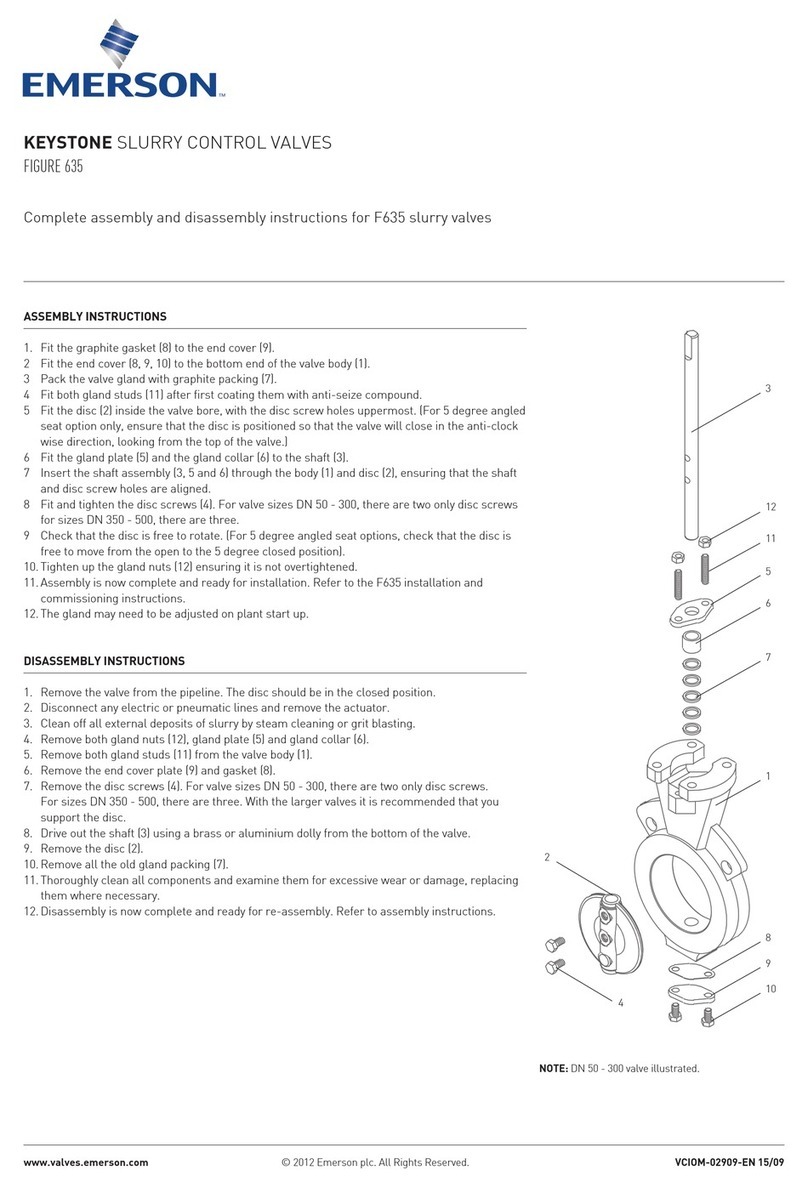
Emerson
Emerson KEYSTONE F635 Assembly and disassembly instructions
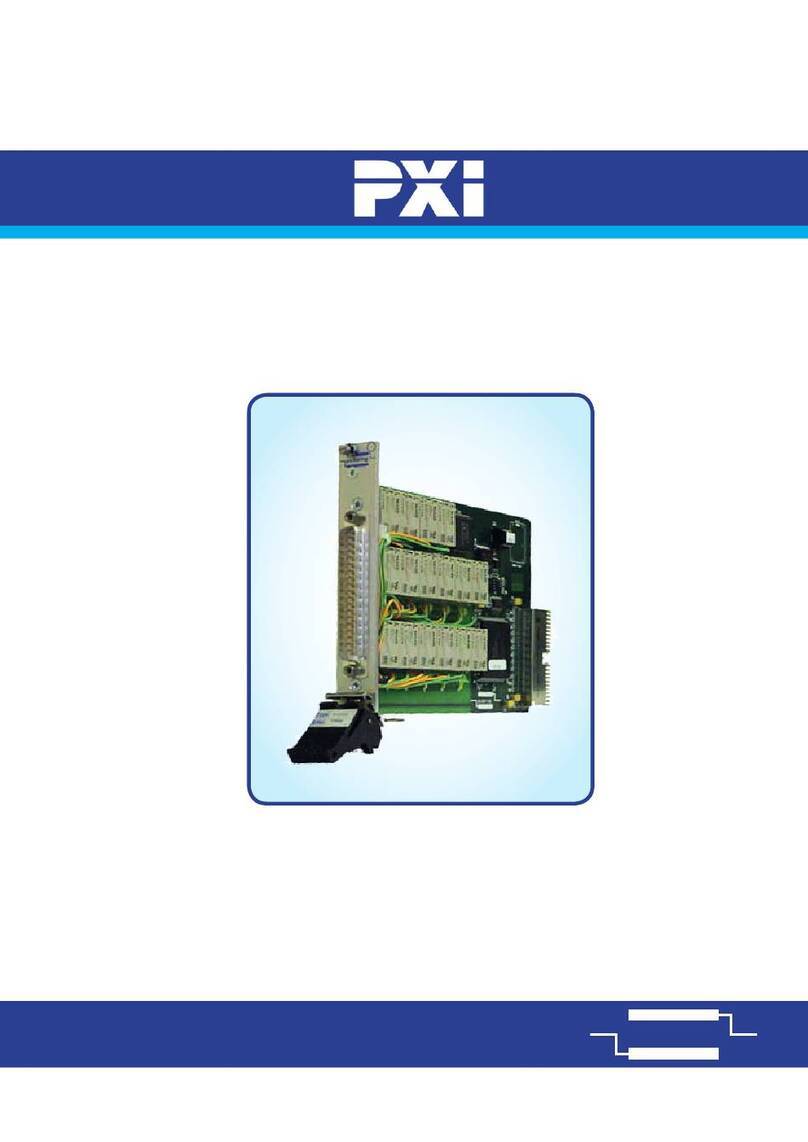
Pickering
Pickering 40-650A user manual
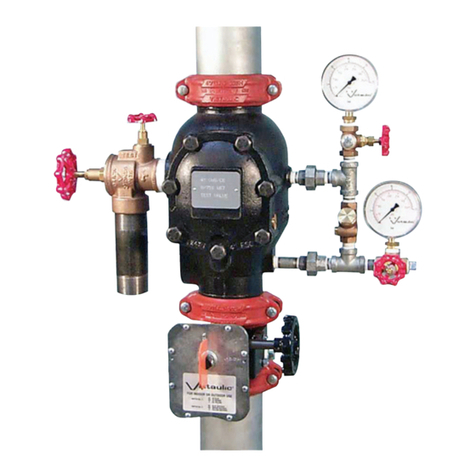
Victaulic
Victaulic 751 FireLock Series Installation, Maintenance, and Testing Manual

Viessmann
Viessmann VITOTRONIC 200 Service instructions
